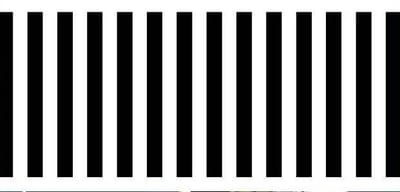Objective-ACUITY


OBJECTIVE ASSESMENT OF VISION
 |
|  Visual acuity can be assessed objectively by using Optico Kinetic Nystagmus
Visual acuity can be assessed objectively by using Optico Kinetic NystagmusThis simple test can establish whether a child is fixating by moving a striped target before its face.
A suitable target is displayed.
When this is moved the eyes will move and repeatedly flick back

Preferential looking techniques
The infant’s preference for looking at a plain or patterned screen is assessed. The visual angle, subtended by the smallest stimulus, viewed at an incidence considered greater than chance allows visual acuity to be estimated.
Visual Acuity in infancy measured by P.L. is not as high as measured with the V.E.P. Both techniques are of value. P.L. requires an alert, active, involved child while the VEP can be performed even in the absence of cooperation or involvement by the patient.
The Visually Evoked Response VEP in detail The Visually Evoked Response
This is an electro-encephalographic response evoked by a visual stimulus and recorded by electrodes over the occipital cortex. An estimation of visual acuity may be made. Using this technique it has been estimated that infant visual acuity approaches the Snellen equivalent of 6/6 by the age of 4 – 6 months.
A VEP described- to find A description of the VEP


